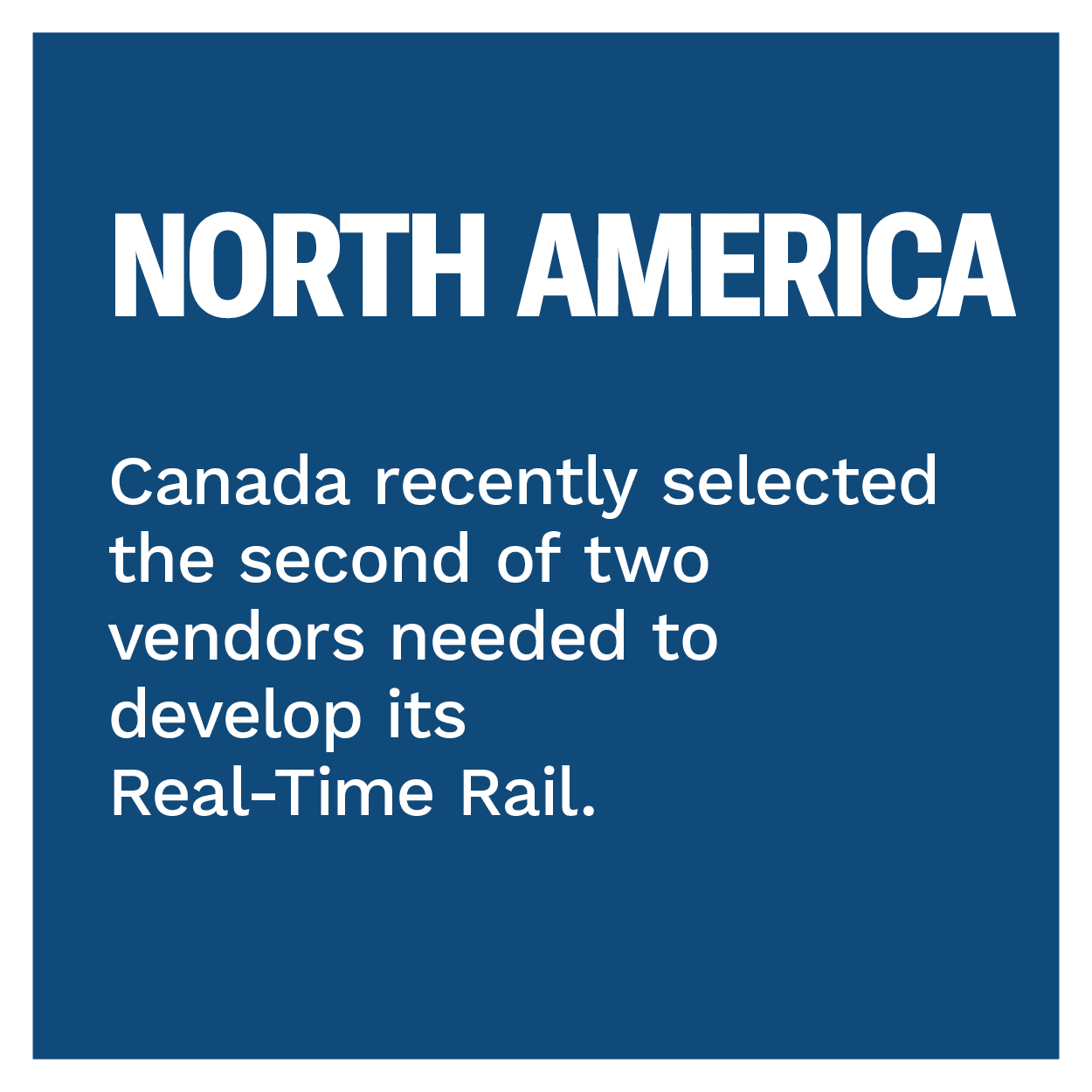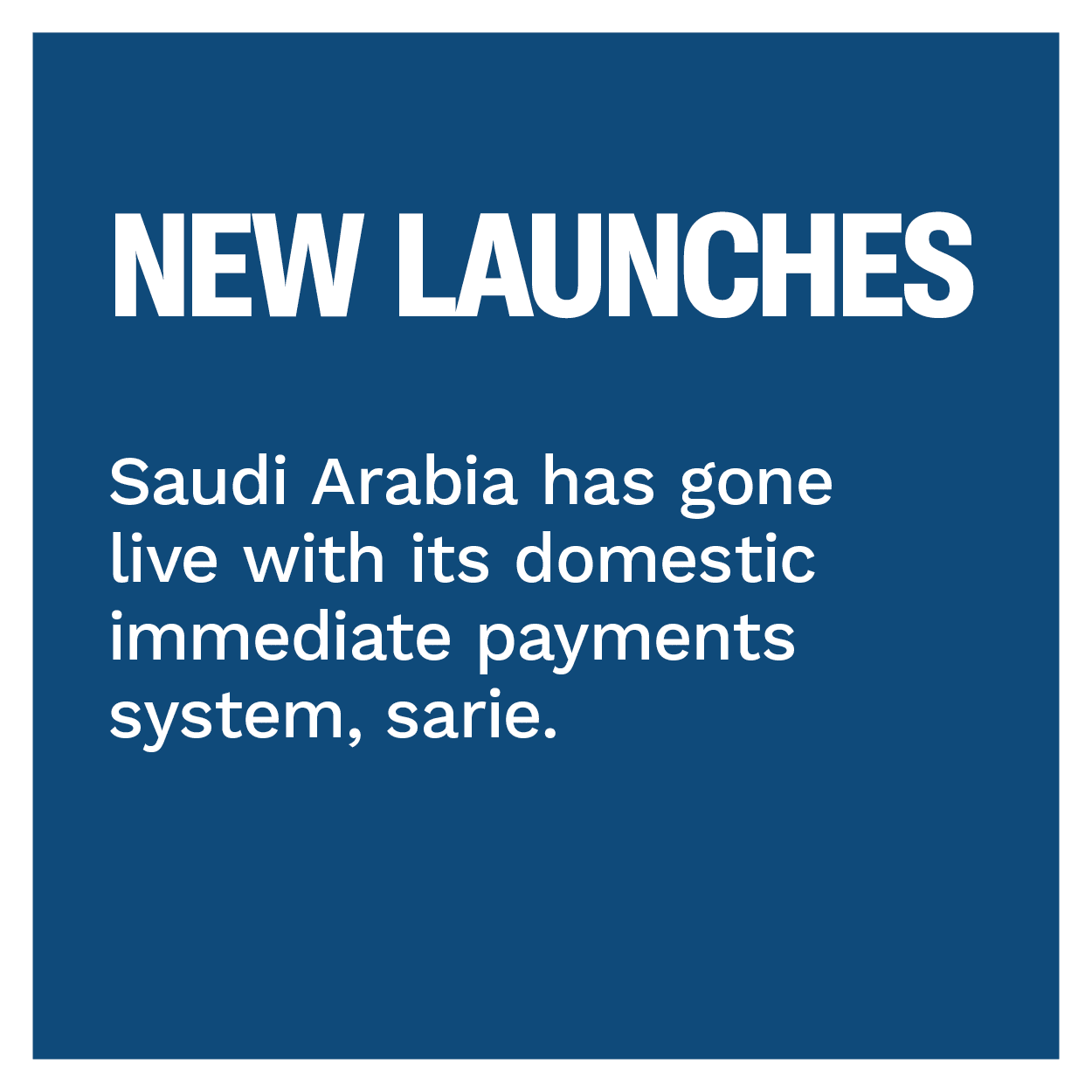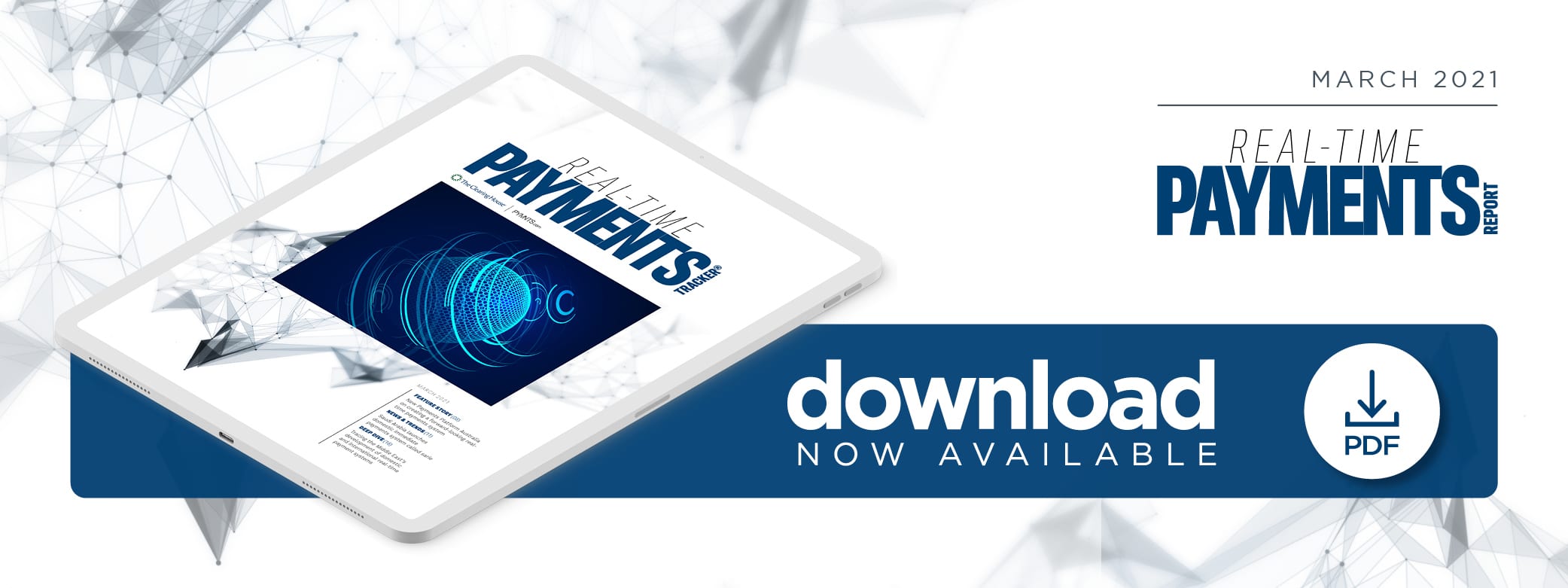NPP Australia Takes Real-Time Payments To The Next Level


Australia is putting a new payments platform in place for instant payments.
Demand for faster payments has been increasing worldwide as consumers and businesses seek more convenient services. Central banks and payment systems operators are catering to these needs by launching real-time payment systems that settle transactions within seconds, helping businesses get paid faster and allowing consumers to more swiftly make purchases and pay back friends. Immediate payment rails have been spreading worldwide, with 56 such networks operating in 2020 — a far cry from the mere 14 that were in play only six years earlier.
— a far cry from the mere 14 that were in play only six years earlier.
The March Real-Time Payments Tracker® explores the latest developments in the space and examines how more countries around the globe are working to build and expand immediate payment networks both domestically and internationally.
Around The Real-Time Payments World
Saudi Arabia is one of the more recent entrants in the real-time payment scene. The nation debuted a new system, called sarie, that runs 24/7 year-round and supports transactions of up to 20,000 Saudi riyals ($5,330). The rail is expected to enable consumers and companies to make payments more easily while sparing businesses and financial institutions (FIs) from many of the costs involved in managing paper currency.
Thailand is celebrating a launch of its own after it recently adopted a faster bulk payments service. The country deployed a system offered by a third-party provider, and the service is expected to accelerate business-to-business (B2B) vendor payments as well as government aid disbursements.
Countries are also focusing on real-time efforts that can go beyond th eir borders, with some working to streamline international transactions. The central banks of China, Hong Kong, Thailand and the United Arab Emirates (UAE) recently partnered on an effort to create a real-time cross-border payments service prototype that leverages central bank-issued digital currencies. Such a project could lead to more cost-effective cross-border trade settlements and give central banks new insights that could guide their monetary policies.
eir borders, with some working to streamline international transactions. The central banks of China, Hong Kong, Thailand and the United Arab Emirates (UAE) recently partnered on an effort to create a real-time cross-border payments service prototype that leverages central bank-issued digital currencies. Such a project could lead to more cost-effective cross-border trade settlements and give central banks new insights that could guide their monetary policies.
Find out more about these and other recent headlines in the Tracker.
The Past And Future Of Australia’s New Payments Platform
Australia’s real-time payment system has grown significantly since its 2018 launch, when the New Payments Platform (NPP) was focused solely on facilitating retail and peer-to-peer (P2P) payments. The NPP has since been leveraged to accelerate government aid disbursements, payroll and more, and the network is now on a path toward additional innovations, according to Katrina Stuart, head of engagement at New Payments Platform Australia (NPPA), the organization that maintains and develops NPP. Stuart explained in the Feature Story how NPPA has taken an active role in fostering new use cases, what it will take to achieve real-time push payments and international transactions and what NPPA has learned over the years since the real-time payment system’s launch.
Check out the story in the Tracker.
Deep Dive: The Middle East’s Rising Real-Time Payments Movement
 Countries across the Middle East have been debuting real-time payments services in response to consumer, business and government interest, and existing systems have also seen transaction volumes ramp up. Bahrain experienced 657 percent year-over-year growth in the use of its real-time rail in 2020, for example. The Deep Dive examines the development of various Middle Eastern countries’ domestic real-time payments initiatives and the demands driving these projects. It also explores how cross-border real-time payments could grow in the region.
Countries across the Middle East have been debuting real-time payments services in response to consumer, business and government interest, and existing systems have also seen transaction volumes ramp up. Bahrain experienced 657 percent year-over-year growth in the use of its real-time rail in 2020, for example. The Deep Dive examines the development of various Middle Eastern countries’ domestic real-time payments initiatives and the demands driving these projects. It also explores how cross-border real-time payments could grow in the region.
Read more in the Tracker.
About The Tracker
The Real-Time Payments Tracker®, a PYMNTS and The Clearing House collaboration, examines how immediate payment systems are developing worldwide.

